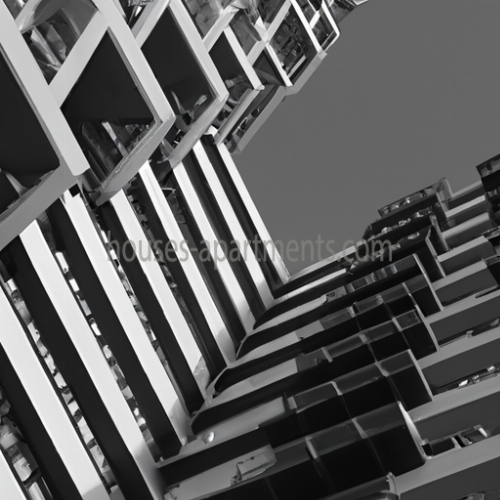Simplicity in architecture is closely related to proportion, as proportion plays a vital role in achieving simplicity in design. Proportion refers to the relative sizes of different elements within a building, such as the height, width, and depth of walls, windows, and doors.
When architects use proportion to achieve simplicity, they create a harmonious relationship between the different building elements. This allows for a balanced and minimalistic design, where each element serves a specific purpose.
For example, a building with large, imposing walls and small, cramped windows may appear complex and unwelcoming. In contrast, a building with well-placed and proportionate windows and walls appears simple yet elegant.
Moreover, proportion helps architects achieve a sense of order, balance, and harmony in their designs. A well-proportioned building presents a pleasing visual experience while meeting the functional requirements of the structure. Thus, achieving simplicity in architecture through proportion enables architects to create buildings that are both aesthetically pleasing and functionally effective.
Publication date:

